The ProFile Guide
Mastering your 45,000 RPM cordless nail drill is key to achieving salon-quality results at home. By following these essential guidelines, you can ensure a safe and polished manicure every time.
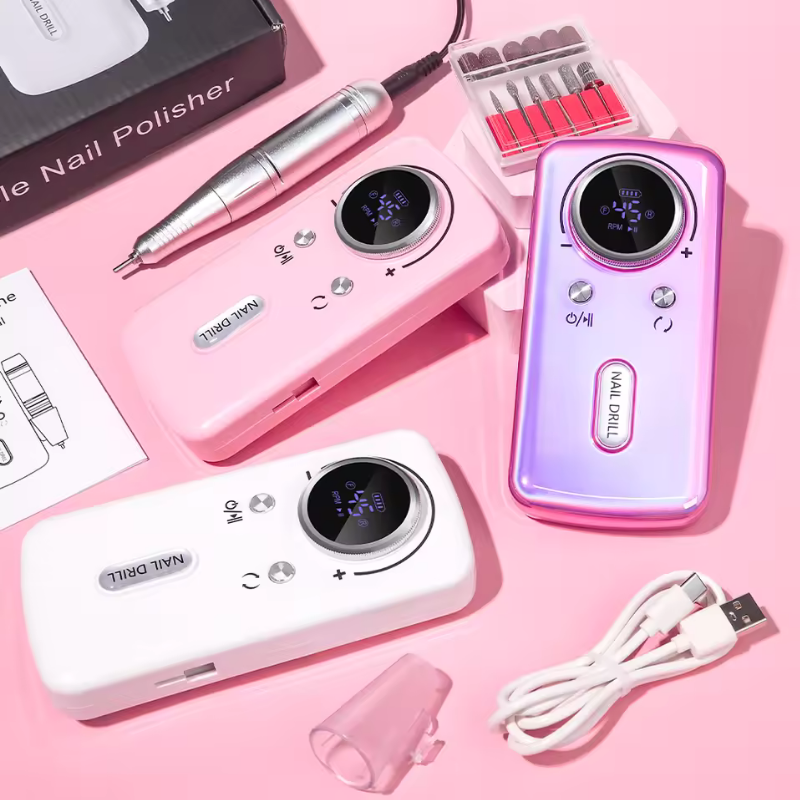
Before You Begin
Charge it Up: Ensure your drill is fully charged before use and never operate it while charging to prevent damage and for safety.
Pick the Right Bit: Select the correct bit for the task at hand. Our guide below explains the best uses for each bit and sanding band.
Season Your Bits: Before a new bit's first use, file away any machine burs to prevent them from snagging or cutting your skin.
Set the Scene: Keep your workspace clean and tidy. Tie back any long hair or loose sleeves to prevent them from getting caught in the spinning bit.

How it Works
Step 1: Power the Handpiece. Connect the main handpiece cable to the control unit.
Step 2: Insert and Lock the Bit: The bit insertion is secured by a professional-grade locking mechanism.
To unlock, twist the end of the handpiece counterclockwise.
To lock, insert your selected bit completely, then fasten the collar by turning it clockwise. The bit is now immovably secured.
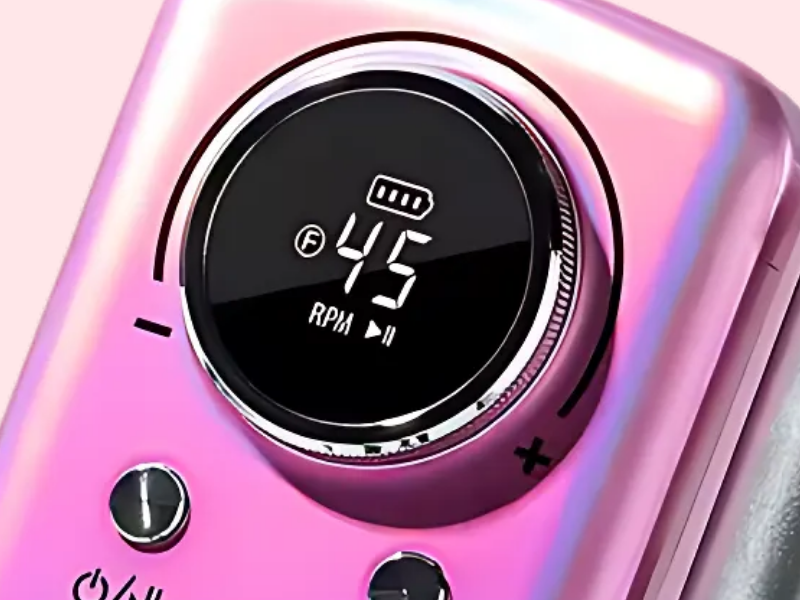
Recommended RPMs for a Flawless Finish
Your Alefine ProPower offers a top speed of 45,000 RPM, giving you professional salon power right in your hand. This high-performance speed is designed for specific, heavy-duty tasks and a more efficient manicure.
For Natural Nails & Fine Work: For natural nails, cuticles, or other delicate tasks, use a low speed between 5,000 and 15,000 RPMs for perfect control and a clean finish.
For Gel & Acrylic Removal: For effortless gel and acrylic removal, use a higher range of 20,000 to 30,000 RPMs. This high speed prevents the bit from dragging, ensuring a smooth and quick removal.
For Advanced-Level Work: The top speed of 45,000 RPMs is a premium feature for experienced users who require maximum power for quick, professional-grade removal of very hard materials. Due to the speed of removal, this power is only recommended for advanced e-file users to avoid potential damage. Always practice on a lower speed first, moving up as you become comfortable.

Nail Drill Bits Explained
Mandrel: The base bit that holds sanding bands for surface work, shortening nails, and product removal.
Large Barrel: A large cylindrical bit used for general surface filing, shaping, and working on longer nails due to its large surface area.
Small Barrel: A smaller cylinder used for finishing and smoothing out lumps in acrylic applications.
Flame: Specifically designed for cuticle work, cleaning around the nail plate, and removing hangnails.
Conical: Ideal for cleaning under the nail, along sidewalls, and prepping the cuticle area for a clean finish.
Needle: A fine, pointed bit used for intricate work like cleaning tight spaces or carving delicate designs.
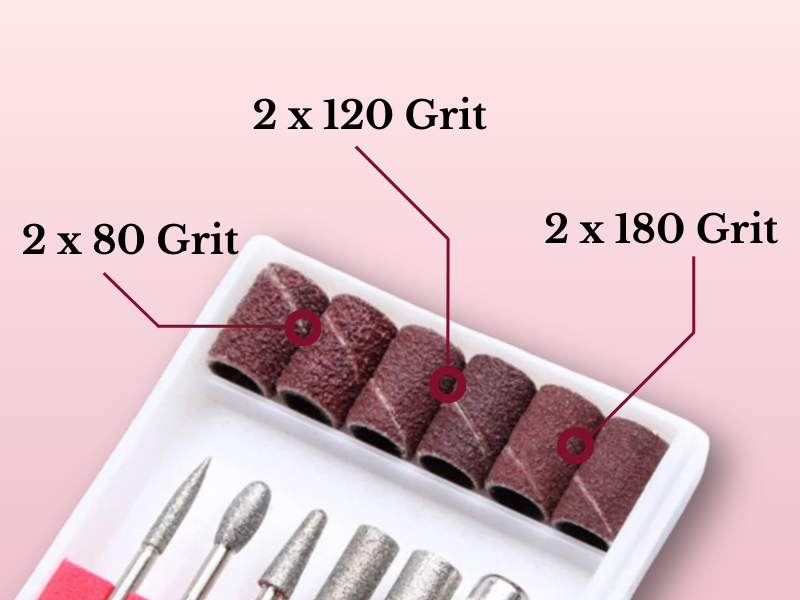
Understanding Sanding Band Grit
Sanding bands come in different grit levels to help you with every job. Generally, the higher the grit number, the smoother the finish, while the lower the number, the coarser it is.
- Coarse Grit (80): Best for removing thick product like acrylic or gel overlays and for shaping thick nails. These are not recommended for natural nails as they can cause damage. If you are new to e-files, it is best to start with a finer grit and only move to this one when you are more confident.
- Medium Grit (120): These bands are versatile and suitable for refining the shape of nails, smoothing rough edges, and polishing the surface of acrylics.
- Fine Grit (180): Used for gentle shaping, buffing, and preparing the nail for polish or art. These are suitable for use on both natural and artificial nails.
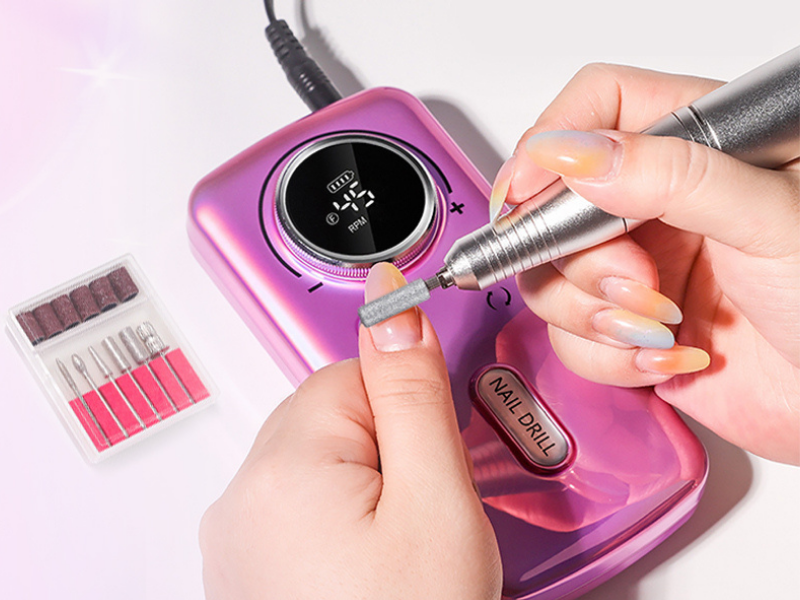
During Use
Anchor Your Hand: Always use a stable anchor point, like your pinky or ring finger, to brace your hand and maintain control.
Start Slow: Begin with a low speed (5,000-6,000 RPMs for natural nails) and gradually increase as you become more comfortable.
Light Touch, Constant Motion: Use a light touch and keep the bit moving in a gentle, circular motion to avoid damage and heat from friction.
Pull Towards You: When filing and smoothing the nail, get into the habit of pulling the bit towards yourself to prevent accidental cuts.
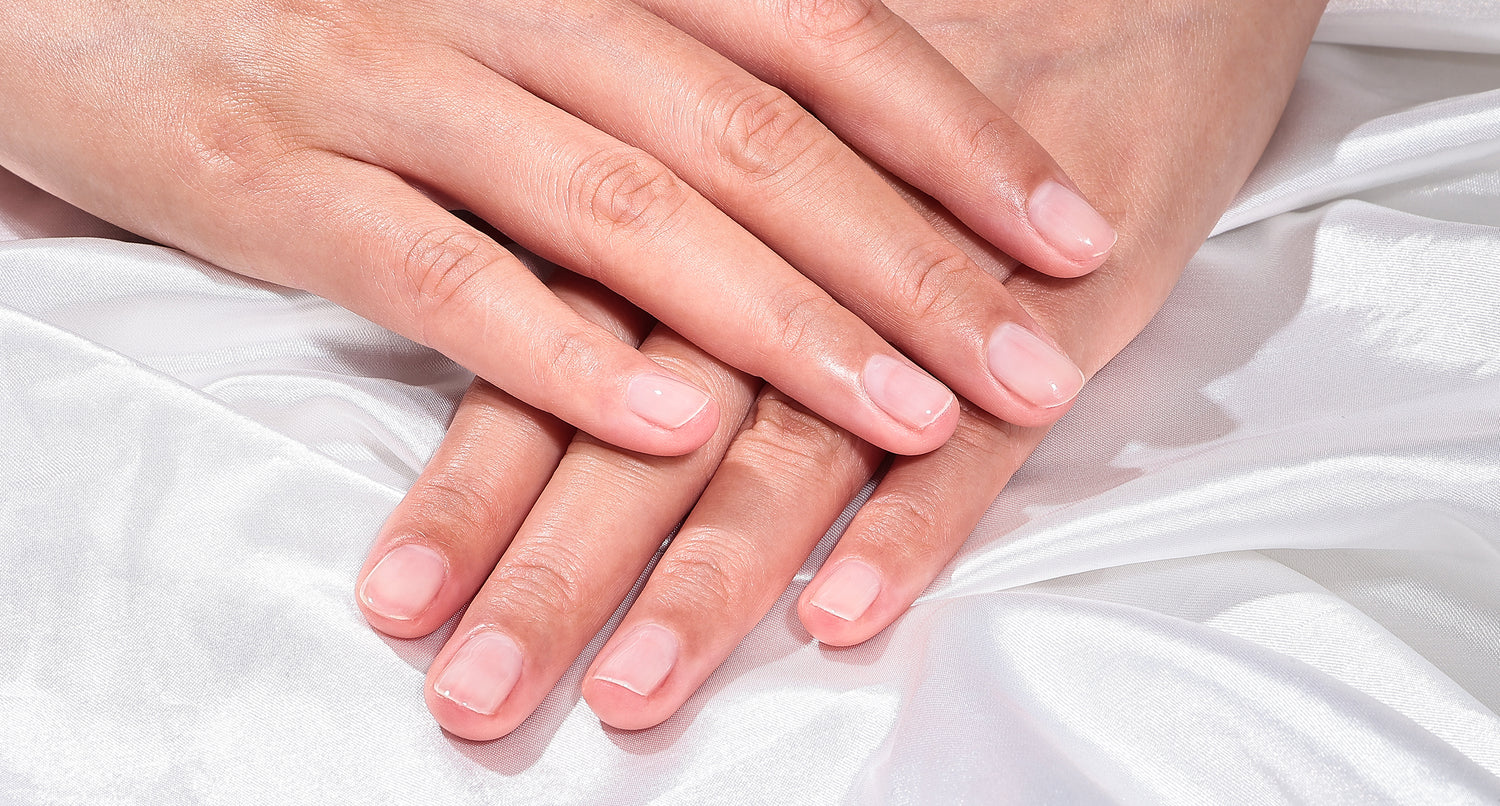
After You're Done
- Clean Your Bits: Use a small brush with soap and warm water to remove all debris. For stubborn residue, you can soak the bits in acetone for 5-10 minutes.
- Disinfect Properly: After cleaning, fully submerge your bits in a liquid disinfectant for at least 10 minutes. Avoid over-soaking to prevent corrosion.
- Dry and Store: Dry your bits completely before storing them in a clean container. Never store the handpiece with your bits.
Ready to Get Started?
Grab yours now and experience the difference
